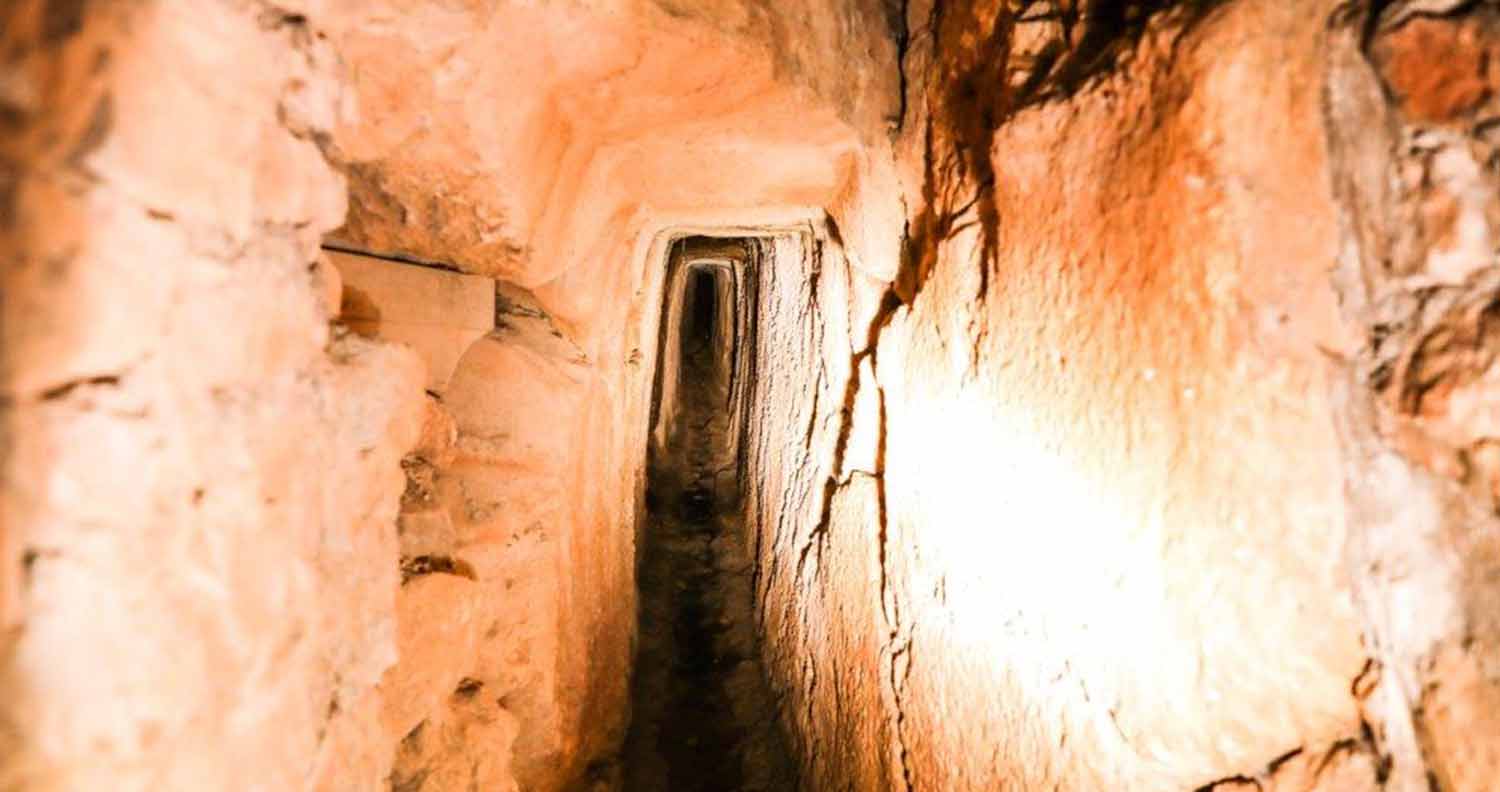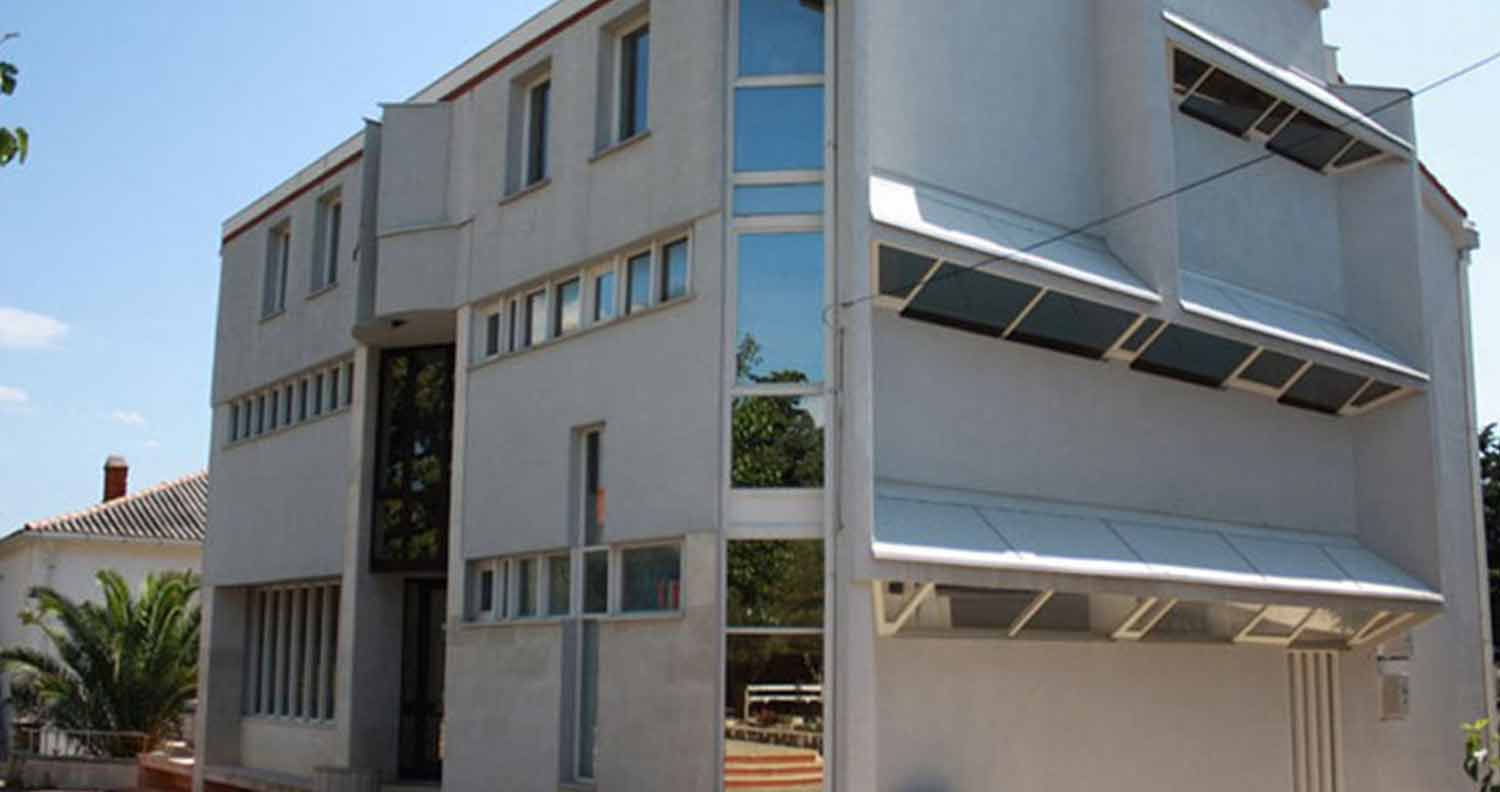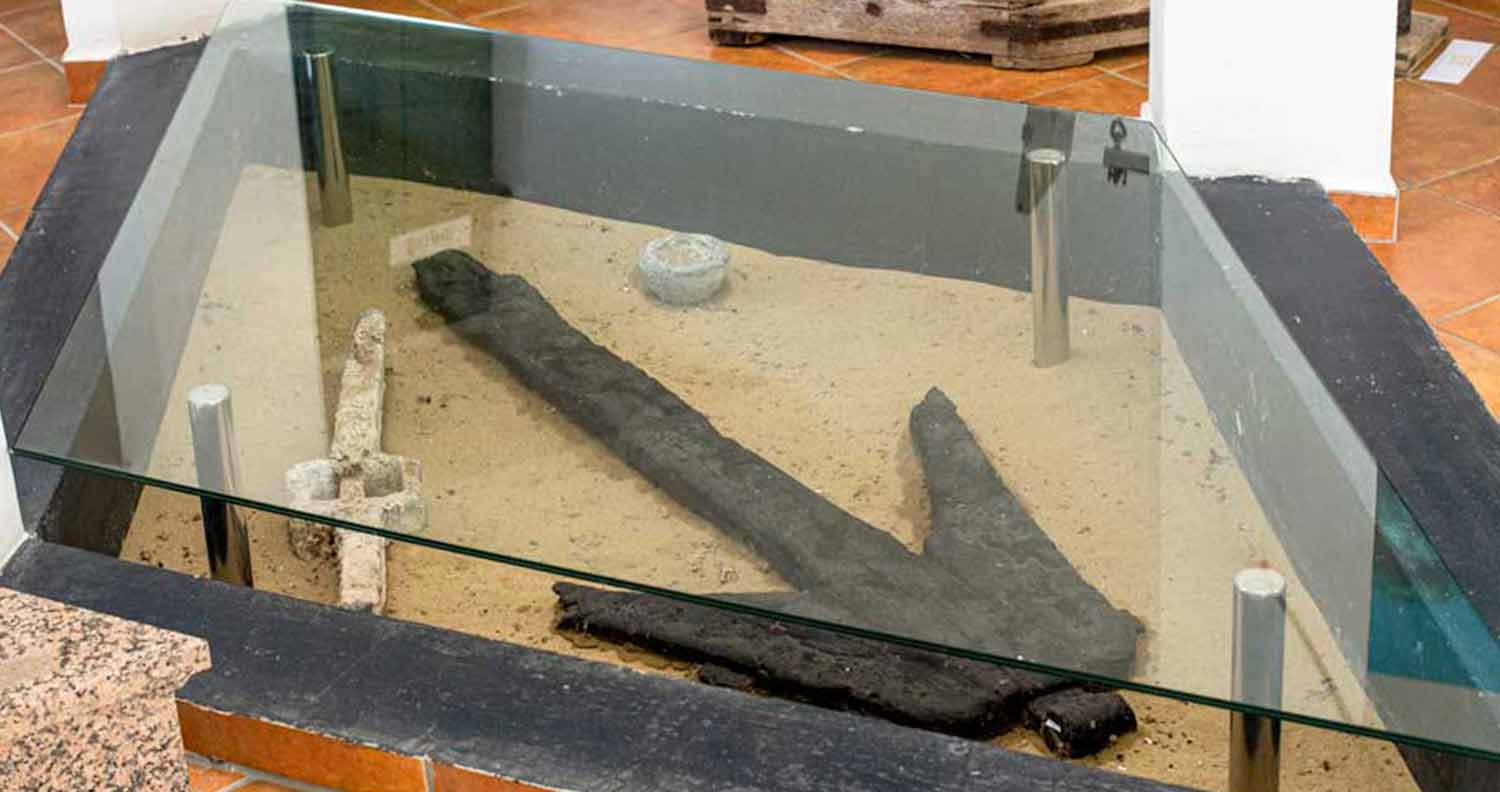I can literally see the City Museum of Novalja from my house and love to occasionally pop in and have a look around. It is currently going over a bit of a facelift outside (June 2023) but don't be put off by that, if you have an interest in local history it one of those perfect activities to do whilst here in Novalja.
The City Museum of Novalja and the Roman Aqueduct Novalja (which is on location at the museum) are two very significant historical sites located in the town of Novalja, Croatia.
These sites hold immense importance in Croatian history, showcasing the engineering marvels of the ancient Roman empire that once lived here in Novalja.
The Roman Aqueduct in Novalja was built more than 2,000 years ago and was a crucial infrastructure project that supplied water to the ancient city of Novalja.
It really does stands as a testament to the impressive engineering capabilities of the Romans all years ago.
Meanwhile, the City Museum of Novalja itself houses a vast collection of artifacts and exhibits that showcase the cultural, economic, and political history of the town and the surrounding region.

Read this next: Family Things to Do on Pag: Spoilt For Choice!
History of the Roman Aqueduct Novalja
The Roman Aqueduct Novalja, also known as the "Pontis Aqueduct," was built in the 1st century AD during the reign of Emperor Augustus.
As mentioned, its purpose was to supply water to the ancient city of Novalja, which was an important center of trade and commerce in the Roman province of Dalmatia.
Constructed over a distance of 1,200 meters, the aqueduct utilized a series of stone arches and conduits to transport water from a nearby source to the city.
The engineers faced many challenges whilst building,, including the hilly terrain, the need to build the aqueduct at a sufficient height to provide enough water pressure, and the need to ensure the stability of the arches.
The aqueduct then supplied water to the city's public fountains, baths, and households. Of course, the water supply was vital for the city's growth and development, as it allowed for the expansion of agriculture, industry, and trade.
Moreover, the aqueduct played a significant role in the city's cultural and social life.
Its public fountains and baths provided a gathering place for the citizens, while the water was used in religious ceremonies and festivals.
The aqueduct continued to supply water to the city for centuries, even after the fall of the Roman Empire, until it was eventually abandoned in the 7th century AD.
Discovery and Restoration of the Aqueduct
The Roman Aqueduct Novalja was rediscovered in the early 20th century, after being buried and forgotten for centuries.
Archaeological excavations conducted in the 1920s and 1930s revealed the remains of the aqueduct, including several of its arches and conduits.
In the decades that followed, efforts were made to restore the aqueduct, which had suffered significant damage from natural erosion and human interference.
In the 1970s, the Croatian government initiated a restoration project, which involved the reconstruction of several arches and the installation of new drainage systems to protect the aqueduct from further damage.
Today, the Roman Aqueduct Novalja is one of the most significant historical sites in Croatia, attracting visitors from all over the world. Its restoration and preservation have helped to ensure that future generations can appreciate its cultural and historical value to the town.

Read this next: Things to do in Zadar: Novalja’s Closest City
City Museum of Novalja
The City Museum of Novalja, located in the town's center, opposite the town hall, is dedicated to preserving and showcasing the cultural heritage of the Novalja region. The museum's collections cover a wide range of topics, including archaeology, history, ethnography, and art.
The museum's purpose is to provide visitors with an understanding of the region's history and culture, from ancient times to the present day.
The exhibits on display include archaeological artifacts, religious items, traditional costumes, and works of art.
One of the main attractions at the museum is the collection of artifacts related to the Roman Aqueduct Novalja.
Visitors can see a model of the aqueduct, along with various tools and equipment used during its construction.
There are also exhibits dedicated to the daily life of the Roman citizens who used the aqueduct, providing a glimpse into their cultural and social practices.
The museum's exhibits also cover the history of Novalja and the surrounding region, from the prehistoric era to the modern era. Visitors can learn about the region's economy, trade, and political history, as well as its cultural and religious traditions.
In addition to its exhibits, the museum also hosts various events and educational programs, including lectures, workshops, and guided tours.
These activities provide visitors with a more immersive and engaging experience, helping to bring the region's history and culture to life.

Read this next: 14 Things to Do in Zagreb: Stuff You Will LOVE To Do!
Visiting the City Museum of Novalja and the Roman Aqueduct Novalja is an excellent way to experience Novalja’s rich history and cultural heritage.
The museum is open all year round, and tickets can be purchased on-site. Guided tours are also available for visitors who want a more in-depth experience.
The aqueduct is also open year-round, and there is no admission fee to enter the site. Visitors can explore the remains of the aqueduct, take photographs, and learn about its history and construction.
City Museum of Novalja: Summary
The City Museum of Novalja and the Roman Aqueduct Novalja are two significant historical sites in Novalja which is just a short walk from the main square.
If history is “your thing” it is definitely one of those activities in Novalja worth a quick visit. It’s not a hugely time-consuming activity but it is certainly one to consider whilst in town.
Preserving and promoting history through sites like the City Museum of Novalja and the Roman Aqueduct is essential for ensuring the conservation of the local culture - so we hope you enjoy it!
